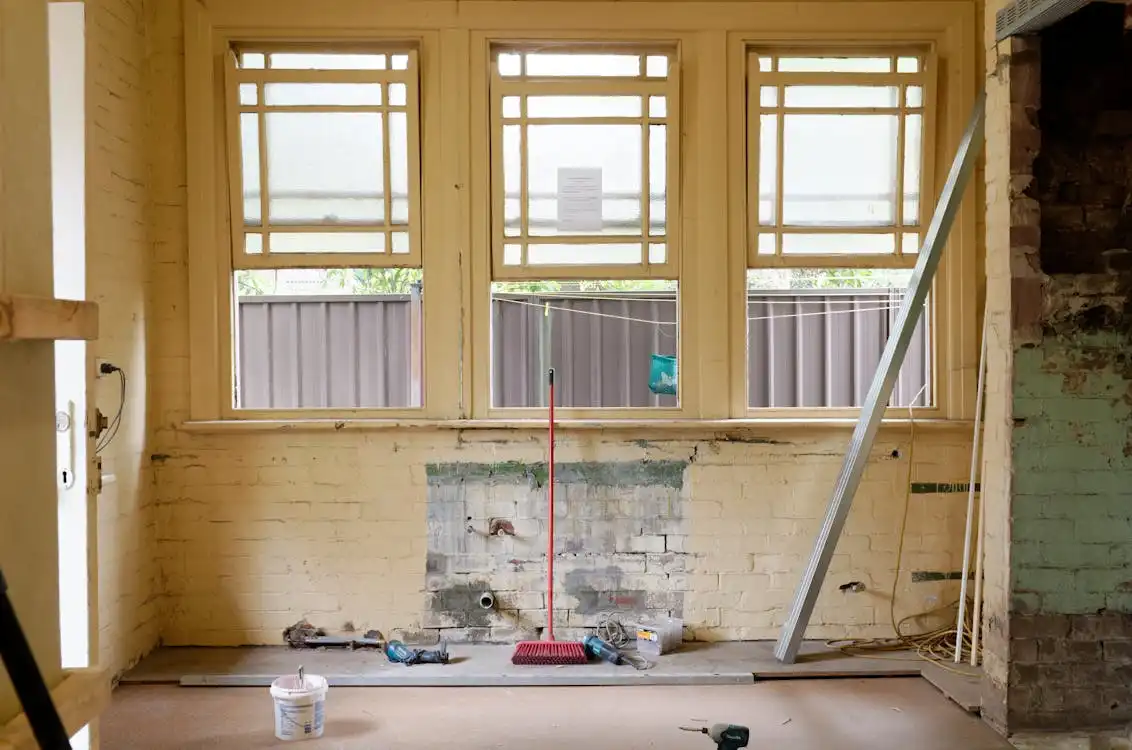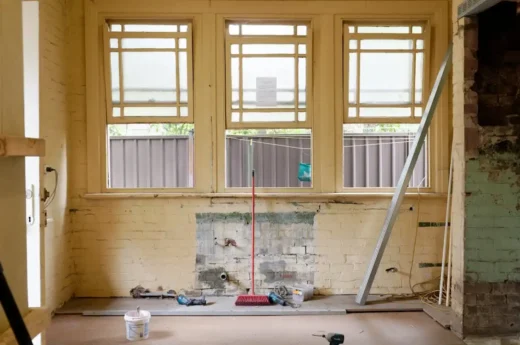How to preserve architectural integrity during renovations, Climate change property design impact
How to Preserve Architectural Integrity During Renovations
29 April 2025
Gig Harbor, WA, is known for its coastal charm and distinctive homes. Many of these houses carry unique architectural styles that reflect the town’s rich history. As local families update their homes, one challenge stands out—how to modernize without losing what makes the property special.
Whether it’s more space, better energy use, or updated features, renovations are often needed. But when changes ignore the home’s character, the results feel out of place. Original windows, trim, or rooflines can get replaced with mismatched materials.
With the right approach, though, it’s possible to keep the home’s identity intact while making it more functional for modern life.
Understand the Home’s Historical and Architectural Value
Before making any design decisions, it’s important to take a step back and really study the home. Look at when it was built, who designed it, and what features make it stand out.
Gig Harbor has homes from many different eras, and each one has something worth saving. Researching what’s typical of your home’s time period helps you make choices that fit. If your street has a certain style, it makes sense to keep your updates in line with the neighborhood’s look.
Skipping this step can lead to mismatched styles. For example, installing large modern windows on a home with small traditional frames can throw off the balance of the exterior.
Begin With Exterior Essentials
Start with the outside. This is what people see first, and it plays a big role in how the home fits into the neighborhood. Simple things like siding, paint color, window styles, and trim make a big difference.
In Gig Harbor, many homeowners begin their renovation process by addressing roof damage. The local climate—wet winters and occasional storms—can take a toll over the years. One of the most common upgrades is roofing replacement in Gig Harbor, where choosing the right shingles and construction approach makes a big difference in preserving the original look. Some roof styles are iconic to certain time periods, and swapping them for a completely different shape or material can throw off the home’s visual balance.
When replacing a roof, look for materials that mimic the original. If your home had wood shakes, a modern composite that keeps a similar texture might be a good choice. It’s also worth paying attention to the roof pitch and overhangs. These are small details, but they make a huge difference in keeping the house’s original identity intact.
Work With the Right Professionals
Restoring an older home isn’t like building a new one. It takes a team that understands the details that matter. This is where the right professionals come in. Look for architects, designers, or contractors who have experience with older homes. They’ll know how to work around quirks in the structure, like uneven floors or outdated wiring, without stripping away what makes the house special.
Ask for examples of their past work. A good renovation specialist should be able to show projects where they kept original features intact while adding modern upgrades. Read reviews and speak to previous clients. Personal recommendations from neighbors can also help you find trusted local experts.
Clear communication is key. Talk to your contractor about what parts of the home matter most to you. Maybe it’s the original hardwood floors, vintage windows, or handcrafted built-ins. Make a list. Being clear about what stays helps everyone stay focused.
Some specialists can even guide you through sourcing materials that match the home’s period. This can save time and reduce mistakes down the road. In the end, having the right people involved makes it much easier to carry out thoughtful changes.
Be Mindful of Interior Layout Changes
Older homes were often built with different lifestyles in mind. Rooms might feel smaller or more compartmentalized compared to open-concept designs today. That doesn’t mean you can’t update the layout, but major changes should be done carefully.
Before removing walls or reworking the floor plan, think about how those changes might affect the flow of the house. Try to keep key structural features, like original support beams or arched doorways. These elements help define the home’s identity.
If more space is needed, try to find subtle ways to open things up. Maybe that means widening a doorway instead of knocking down a whole wall. Reworking unused areas like attics or basements can also add space without changing the main layout.
Inside the home, trim, molding, doors, and ceiling details carry a lot of visual weight. These are easy to lose during a remodel, especially if you’re installing new systems or finishes. If original materials are in bad shape, look into custom replicas that match the old design. Small details like matching baseboards or window casings can keep the home looking consistent even after big updates.
Use Modern Technology Without Compromising Style
Modern living comes with certain expectations—better heating, smart lighting, reliable insulation—but those upgrades don’t need to clash with a home’s design. Today’s technology is easy to blend into older spaces with a little creativity.
When updating heating and cooling systems, for example, look for low-profile ductwork or ductless mini-splits. These can often be hidden behind walls or tucked into corners. Recessed lighting can work well too, especially if it’s paired with decorative fixtures that match the home’s period.
For electrical updates, place new outlets and switches where they’ll be least visible. Smart systems can be controlled through apps or voice commands, so you don’t always need obvious control panels on the walls.
Energy efficiency is another upgrade worth considering. New windows, if chosen well, can replicate the look of old frames while offering better insulation. Just be careful with sizing and trim—modern doesn’t mean bland.
The goal is to make life more comfortable without stripping away the character that makes the home feel like home.
Preserving architectural integrity takes thought, planning, and the right approach. Renovations should feel like a continuation of the home’s story, not a rewrite. By respecting original design elements and working with professionals who care about the details, you can bring an older home into the present without losing its past. Whether it’s a small fix or a major update, the most satisfying results come from honoring what makes your home unique.
Comments on this guide to How to Preserve Architectural Integrity During Renovations article are welcome.
Interior Design
Interior Design Posts
Incorporating art deco elements in interior design
Wall decorations to transform any space
Interior Architecture Design Articles
Innovative interior and exterior building upgrade ideas
Green Buildings
Green Housing – Sustainability Posts
Role of sustainability in modern architecture
Green sustainable housing: nature house
Comments / photos for the How to Preserve Architectural Integrity During Renovations page welcome






